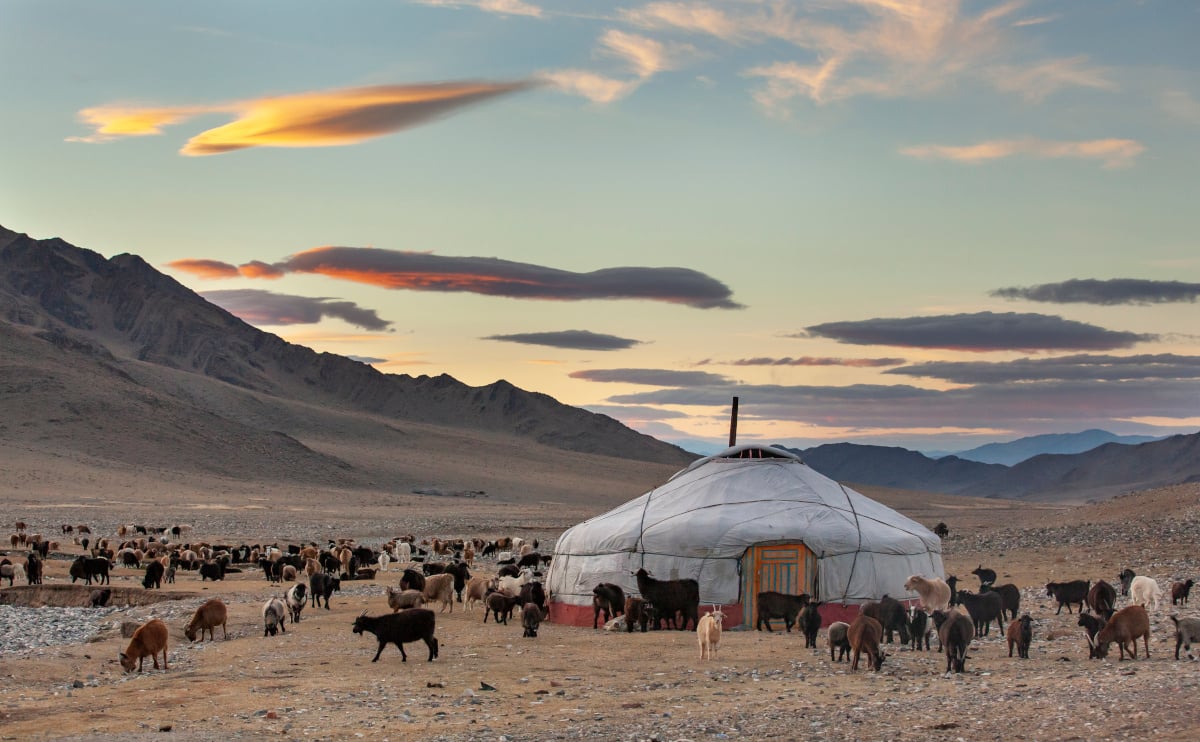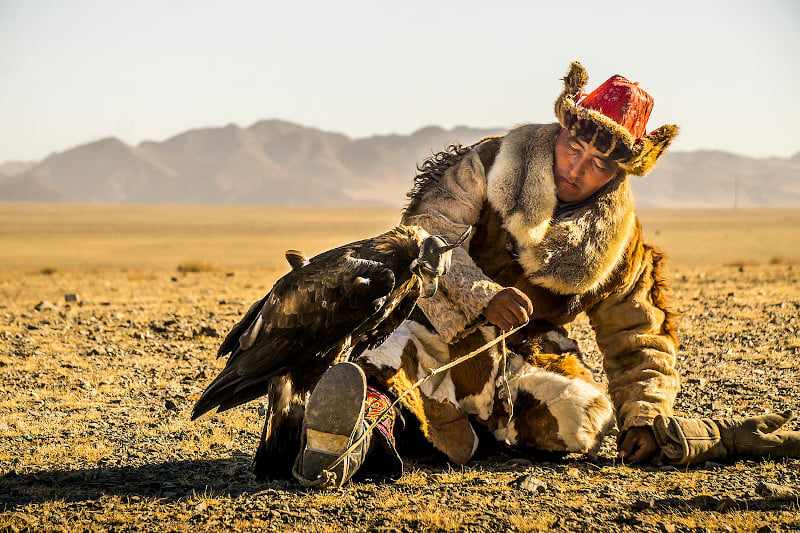
Nomadic Tribes of the Eurasian Steppes: Lifestyle and Impacts on Settled Societies
The Eurasian steppes, a vast expanse of grassland stretching from Eastern Europe to Central Asia, have long been the domain of nomadic tribes whose lifestyles and movements have profoundly impacted settled societies throughout history. These tribes, including the Scythians, Huns, Turks, and Mongols, among others, have been pivotal in shaping the cultural, political, and economic landscapes of Eurasia. Their adaptability to the harsh environments of the steppes, coupled with their exceptional skills in horseback riding and warfare, enabled them to exert significant influence over neighboring civilizations. But just how intricate was the lifestyle of these nomadic tribes, their social structures, cultural practices, and their lasting impacts on settled societies across Eurasia?
With the Winds: The Nomadic Lifestyle of the Eurasian Steppes
The nomads of the Eurasian steppes developed a lifestyle uniquely adapted to their environment. The steppes, characterized by vast grasslands, harsh winters, and scarce resources, necessitated a highly mobile and resilient way of life. At the heart of this lifestyle was the domestication of the horse, which revolutionized transportation, hunting, and warfare for these tribes. The horse provided mobility, enabling tribes to move swiftly across the vast expanses of the steppes in search of pastures and resources.
“The nomads of the steppe were able to have such an outsized impact on their sedentary neighbors because of their lifestyle. The horse was essential to their way of life, making it easier both to manage their flocks of sheep and other livestock and to traverse the vast distances on the steppe. The steppe nomads learned to ride from a young age and were expert horsemen. They spent a great deal of time on horseback, not only herding their flocks but also hunting wild animals and raiding other tribes. The skills they learned from hunting and raiding easily translated to warfare. In agrarian regions, by contrast, only a small elite regularly trained in the arts of war. Farming, the occupation of the vast majority of sedentary populations, did not develop skills that translated to the battlefield.”
- Aldous, G. 2019. The Nomads of the Steppe: Resources for Teachers. Education About Asia.
- The Tapestry of Early Turkic Myth is Woven with Tales of Wolves, Horses and a Great Tree of Life
- Atlantis of the Sands and The Lost City of Ubar: Lost, Found, and Lost Again
These nomadic societies were typically organized into clans or tribes, each led by a chieftain or khan who wielded both military and political authority. These tribes were often confederations of various clans united under a powerful leader, especially during times of war or migration. The social structure was generally egalitarian, with social status often determined by individual merit, especially prowess in battle and skills in horsemanship.

A Mongolian man and his eagle. (NuclearApples / CC BY-SA 4.0)
Similarly, the economy of nomadic tribes was primarily based on animal husbandry, with herds of sheep, goats, cattle, and horses forming the backbone of their subsistence. These animals provided not only food and clothing but also trade goods. The nomads engaged in trade with settled societies, exchanging livestock and animal products for grain, textiles, and manufactured goods. This trade facilitated cultural exchanges and the spread of technology and ideas between nomadic and settled peoples.
The cultural practices of the nomadic tribes of the Eurasian steppes were deeply intertwined with their environment and way of life. Shamanism was a prevalent belief system among these tribes, characterized by a focus on nature spirits and the worship of sky deities. Shamans, who acted as intermediaries between the spiritual and physical worlds, played vital roles in their societies, conducting rituals and healing practices.
The Art of the Steppe
The nomads' art and craftsmanship were also reflections of their lifestyle. They were skilled metalworkers, producing intricate jewelry, weaponry, and horse tack. The Scythians, for example, were renowned for their elaborate goldwork, which depicted animals and mythical creatures in a style known as "animal style art." This art form not only served decorative purposes but also held symbolic significance, representing the tribes' spiritual beliefs and connection to nature.




